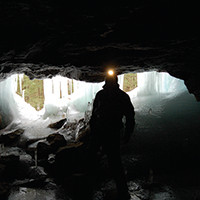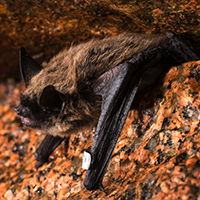Highlighted Species We Study
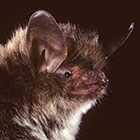
N. Long-eared
Bat
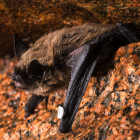
E. Small-footed
Bat
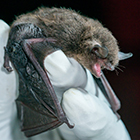
Indiana
Bat

River
Otter

Mink

Harbor
Seal
Each mammal species attains a state of harmony with its environment through gradual adaptations, modifications, and evolution, and must adapt to continual changes. Humans have become capable of making profound and rapid alterations in the environment; most species’ future survival is becoming more and more dependent upon our actions.
BRI focuses its research efforts on meeting the conservation needs of selected species and using them as bioindicators to evaluate the health of individuals, populations, and ecosystems. Below, we have grouped our primary areas of research emphasis into nonexclusive areas: (1) contaminants monitoring; (2) movement studies; and (3) surveys and population monitoring.
Download the program brochure here.
Contaminants Monitoring

In the U.S., more than half of the bat species forage adjacent to waterways. Bats are long-lived and have the potential to accumulate high levels of toxins over time.
LEARN MORE about Contaminants Monitoring>
Representative projects with a focus on monitoring contaminants in mammals:
- Evaluating spatial and temporal patterns of mercury exposure in northeast U.S. bat populations
- Evaluating spatial and temporal patterns of mercury exposure in northeast U.S. mink and otter populations
- Developing mercury lowest adverse effect levels (LOAEL) for U.S. bat populations
Click Here for Project Index >
Publications
Movement Studies: Banding

Efforts to study the movements of mammals help us learn critical information about their behavior and ecology. Marking bats with unique wing bands is one of the most long-standing methods of studying bats. Traditional bands help us identify the banding origin of bats that are recovered or recaptured elsewhere.
Movement Studies: Tracking
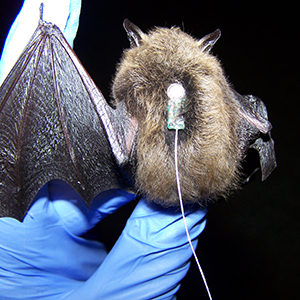
Tracking individual bats provides remarkable information that is valuable in a wide spectrum of research, management, conservation, and legislative decisions.
Representative projects with a focus on mammal tracking:
- Home range study of little brown and tri-color bats on a river in Virginia
- Home range study of northern long-eared and eastern small-footed bats at Great Bay National Wildlife Refuge
- Examining muskrat movements and populations on a fluctuating reservoir in Downeast Maine
Inventory and Population Studies

Conducting surveys or monitoring populations shows trends in species populations, and depending on the objective of the study, we use a variety of methods to survey and inventory a species.
Representative projects with a focus on mammal surveys:
- Bat survey of Parker River and Great Bay National Wildlife Refuges
- Understanding bat migration in coastal Massachusetts (working with Parker River and Great Bay National Wildlife Refuges)
- Ecoregion survey to determine rare bat and small mammal species in Maine

Photo Credits: Header photo © BRI-Tim Divoll. Study Subjects: Northern long-eared bat © Bat Conservation International; Eastern small-footed bat © BRI-Jonathan Fiely; Indiana bat © BRI-Jonathan Fiely, River otter © iStock; Mink © BRI-Jonathan Fiely; Harbor seal © Sharon Fiedler. In the field © BRI; Banded bat © BRI- Jonathan Fiely; Tracking © BRI-Caroline Byrne; Otter family © BRI- Dave Yates; Silver-haired bat © BRI-Jonathan Fiely.
Sidebar images: Bat cave, surveying, and banded eastern small-footed bat © BRI-Bill Hanson; Bat release © BRI-Jonathan Fiely.


